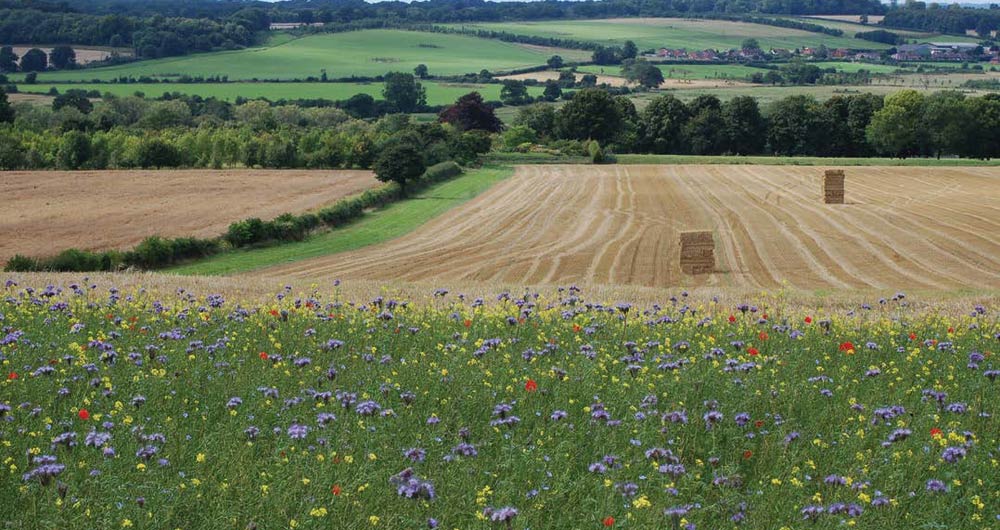Defra also acknowledge that the applicant needs to have confidence in the delivery process. The NFU wants to see a voluntary scheme with farming at its heart, delivering alongside production. It must support maintenance as well as improvement and enhancement of the environment.
So what does it say? A three tier model is proposed. The NFU has always said that there needs to be a ladder approach to engage in the scheme, so applicants can enter at the appropriate level.
The three tiers are:
- Tier 1 could be focused on incentivising environmentally sustainable farming and forestry. e.g. cover crops
- Tier 2 could be designed to support land managers to deliver locally targeted environmental outcomes. It would encourage collaboration.
- Tier 3 could be focused on delivering landscape scale land-use change projects e.g. tree planting, blanket bog restoration.
Payment rates and how applicants are monitored are key factors when deciding whether to participate in schemes. The document outlines the factors being taken in to consideration without providing any detail. Defra does say that it will offer payments rates that encourage participation.
It seems that tier 1 will be based on income forgone plus costs incurred. Even for tier 2 this will be the initial model used, even to underpin payments by results when that’s available. Members will be concerned with this approach as it could exclude sectors from being rewarded for the public goods they deliver.
They NFU has always called for fair reward and is investigating different ways of calculating income foregone.
The full roll out of ELMs is due in 2024. Before that there will be national pilots with the first pilot starting in late 2021. Defra do outline how the first pilot could run with them at the helm. Without any details currently available the timescales do seem extremely tight.
The NFU will analyse the detail in the Defra document in the coming days against which we will be seeking members views.
More from NFUonline:
